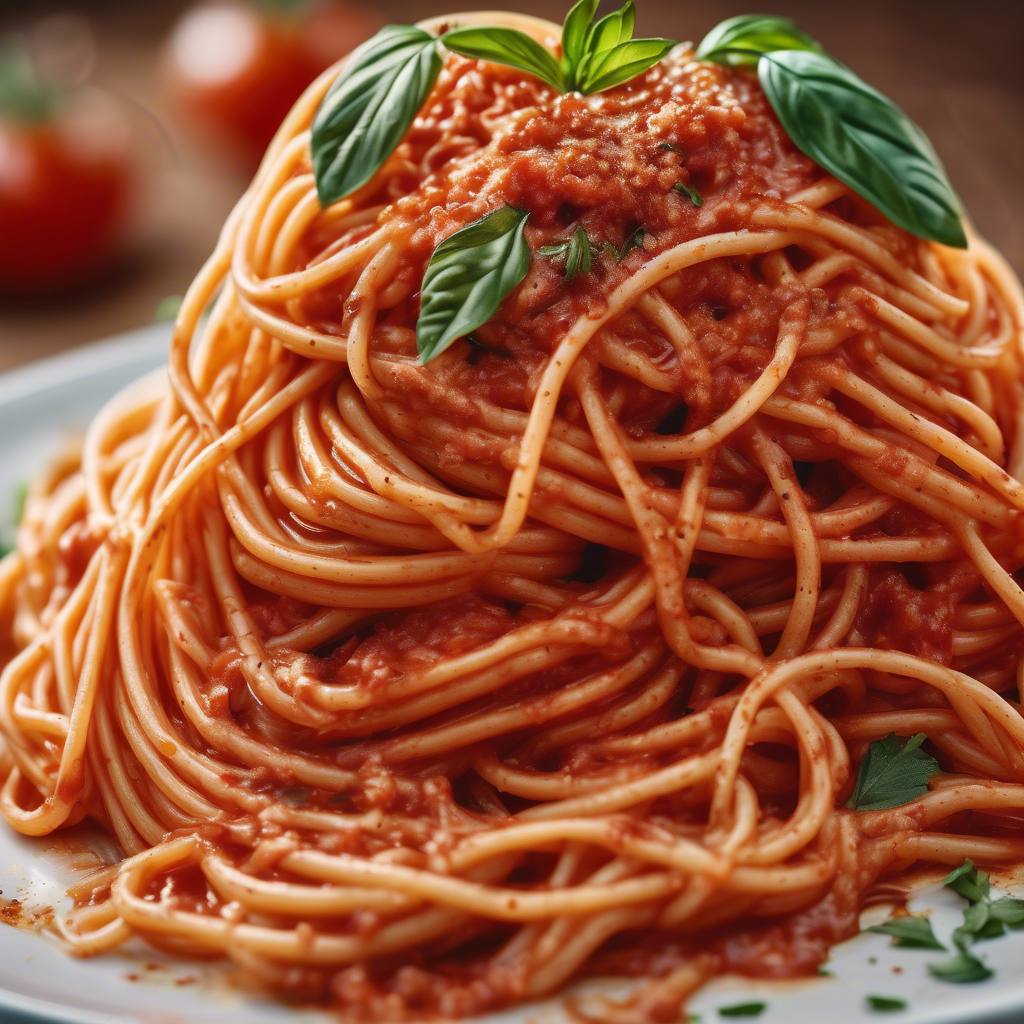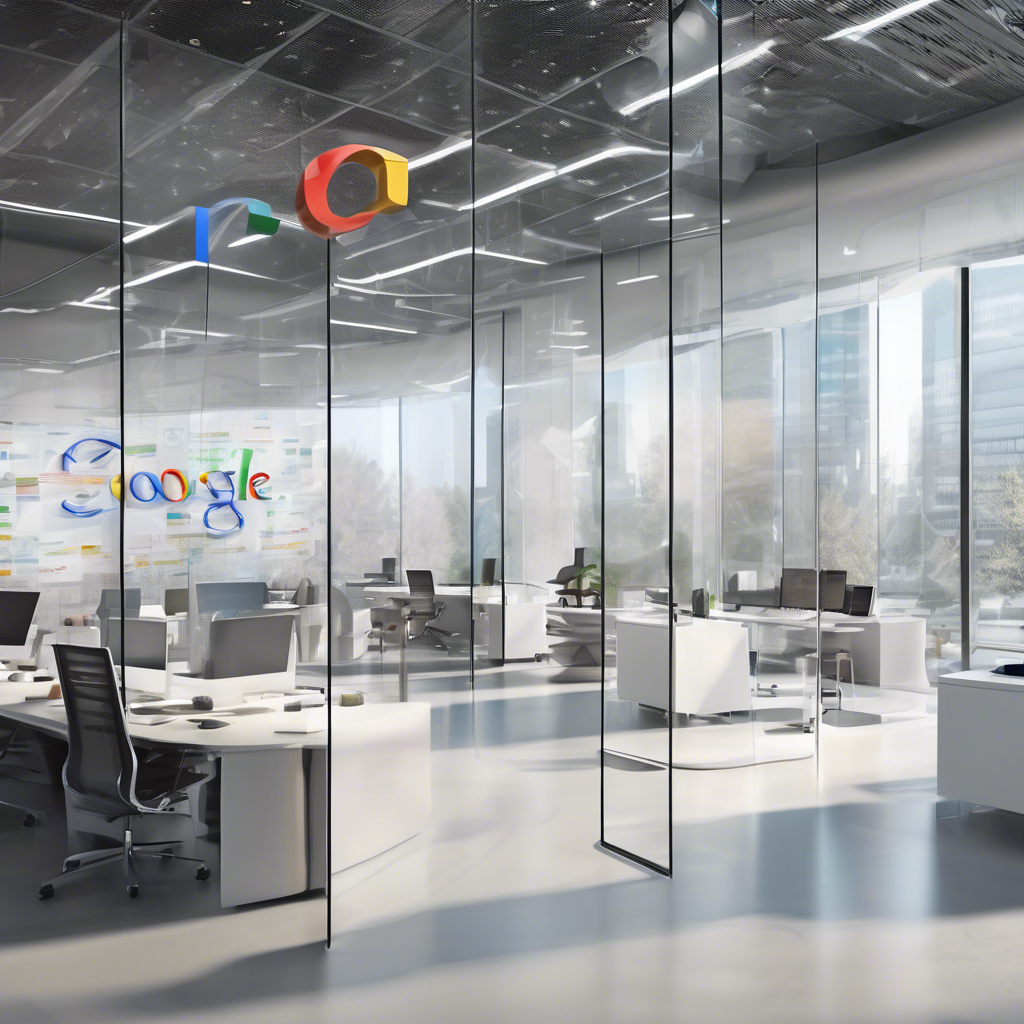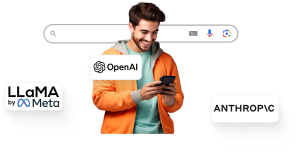Google Veo 3 AI Video Generator: Syncing Audio and Video with Impressive Realism

On Tuesday, Google unveiled Veo 3, a new AI video synthesis model capable of achieving something no major AI video generator has managed before: producing a synchronized audio track along with video. Between 2022 and 2024, early AI-generated videos were silent and generally very brief. Now, Veo 3 delivers eight-second high-definition clips complete with voices, dialogue, and sound effects. Following the launch, people immediately posed the obvious benchmark question: How well can Veo 3 fake Oscar-winning actor Will Smith eating spaghetti? A quick recap: the "spaghetti benchmark" in AI video began in March 2023 with an early, rather unsettling AI-generated video created using an open-source synthesis model called ModelScope. That spaghetti example became so well known that Smith spoofed it nearly a year later, in February 2024. Here’s a reminder of what the original viral video looked like: What’s often forgotten is that at the time, the Smith parody wasn’t produced with the best AI video generator available—a model called Gen-2 from Runway had already delivered higher-quality results, though it wasn’t publicly accessible yet. Still, the ModelScope version was odd and memorable enough to become a reference point for early AI video limitations as the technology advanced. Earlier this week, AI app developer Javi Lopez responded to fans eager to revisit the spaghetti test using Veo 3, sharing his findings on X. However, when watching the results, the soundtrack seemed unusual: the fake Smith sounded like he was crunching the spaghetti. This glitch stems from Veo 3’s experimental capacity to add sound effects, likely because its training data included numerous examples of chewing accompanied by crunching noises. Generative AI models function as pattern-matching prediction systems, relying on sufficient training data across various media types to produce convincing outputs.
When certain concepts are over- or under-represented in that data, it leads to peculiar generation artifacts like this. We also ran the prompt ourselves on Veo 3, but “Will Smith” was blocked by Google’s content filters. Using the prompt “A black man eating spaghetti, ” however, produced a similar crunchy sound effect (Lopez may have had early filter-free access, or experimented with prompt variations that slipped through). Veo 3 impresses with its ability to generate coherent dialogue and music, already inspiring numerous striking examples on X. Not wanting to stop at just a video of a man eating very al dente noodles, we tested whether the figure could sing and eat simultaneously by prompting: “A man singing an English-language comedy opera about spaghetti at a kitchen table while eating it. ” We’ve made significant progress since 2023, and AI video generators will continue improving in realism and functionality. Were it not for Veo 3’s current celebrity filter, we might easily craft videos of Smith singing—or doing almost anything else—which highlights potential concerns around AI video technology. The cultural singularity is approaching fast. On that note, we recently conducted our own extensive series of video generation tests with Veo 3 and will share those results soon in a dedicated feature. For now, consider this a brief update on the Fresh Prince of noodletime. Bon appétit!
Brief news summary
Google has introduced Veo 3, an advanced AI video synthesis model capable of generating synchronized eight-second HD videos with audio, dialogue, and sound effects—surpassing previous tools limited to silent or very short clips. In tests, Veo 3 successfully recreated a benchmark scenario by replicating Oscar-winning actor Will Smith eating spaghetti from a low-quality 2023 video. Although the model synchronized video and audio effectively, it produced an unusual “crunching” sound during the spaghetti scene, likely due to training data biases emphasizing chewing noises. Content filters block direct “Will Smith” prompts, but similar inputs still cause audio glitches. Despite these challenges, Veo 3 excels at generating coherent dialogue and music, inspiring creative projects like a comedic spaghetti opera. This advancement marks a significant step toward realistic AI-generated multimedia, though restrictions on celebrity likeness present ongoing hurdles. Veo 3’s release has sparked cultural discussions on AI video realism and adds a new twist to the “Fresh Prince” spaghetti story amid continued testing.
AI-powered Lead Generation in Social Media
and Search Engines
Let AI take control and automatically generate leads for you!

I'm your Content Manager, ready to handle your first test assignment
Learn how AI can help your business.
Let’s talk!

U.S. House Approves Blockchain Development Bill
On Wednesday, the U.S. House of Representatives made a notable advance by voting 279-136 to approve the Financial Innovation and Technology for the 21st Century Act (FIT21).

Google Plans to Sever Ties with Scale AI Amid Met…
Google plans to end its relationship with Scale AI, a leading data-labeling startup, following Meta’s recent acquisition of a 49% stake in the company.

Circle’s Native USDC Goes Live on World’s Blockch…
On Wednesday, June 11, the company announced that Circle’s USDC and the upgraded Cross-Chain Transfer Protocol (CCTP V2) had officially launched on World Chain.

Google's AI Mode for Search: Transforming User In…
Google has announced the launch of an innovative AI Mode within its search engine, aiming to transform how users engage with online information.

Il Foglio Integrates AI in Journalism with ChatGP…
Il Foglio, a leading Italian newspaper, has embarked on a groundbreaking experiment integrating artificial intelligence into journalism under editor Claudio Cerasa.

Crypto software company OneBalance raises $20 mil…
© 2025 Fortune Media IP Limited.

Meta's $14.3 Billion Investment in Scale AI to Ac…
Meta has revealed a major investment in the artificial intelligence sector by purchasing a 49% stake in the AI firm Scale for $14.3 billion.

 Auto-Filling SEO Website as a Gift
Auto-Filling SEO Website as a Gift








 Auto-Filling SEO Website as a Gift
Auto-Filling SEO Website as a Gift

